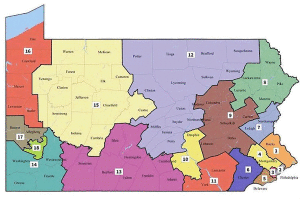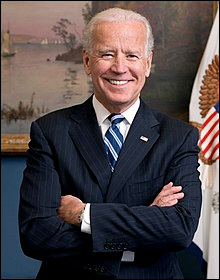By Jim Ellis
 Feb. 1, 2019 — One of the principle reasons the 2018 US House elections evolved from a close Democratic majority to a rout was the California results. The Sacramento Bee newspaper just published an article that Capitol reporter Kate Irby wrote (Jan. 29, 2019; updated Jan. 30, 2019), which provides part of the explanation as to why so many Golden State congressional seats flipped from R to D: seven to be exact. (See Irby’s article here: ‘Trump effect:’ California Latino voters showed up in force in 2018. Will they do it again?)
Feb. 1, 2019 — One of the principle reasons the 2018 US House elections evolved from a close Democratic majority to a rout was the California results. The Sacramento Bee newspaper just published an article that Capitol reporter Kate Irby wrote (Jan. 29, 2019; updated Jan. 30, 2019), which provides part of the explanation as to why so many Golden State congressional seats flipped from R to D: seven to be exact. (See Irby’s article here: ‘Trump effect:’ California Latino voters showed up in force in 2018. Will they do it again?)
One major reason, according to the statistics derived from the Political Data Inc. firm and the California Civic Engagement Project at the University of Southern California research is the increased number of Hispanic votes in each of the seven districts in question.
The key finding in all seven of the flipped districts, is the Hispanic vote percentage generally equaled that of a presidential election and was substantially higher than from the previous midterm election (2014).
Additionally, most of the districts saw a significant increase in Hispanic population since 2014, meaning an even greater raw number of voters when adding the increased turnout percentage. When reading the Hispanic figures remember that approximately two-thirds of that particular vote segment, at a minimum, was cast for the Democratic candidate.
Below are the findings:
CA-10: (Modesto, Tracy, Turlock)
New Member: Rep. Josh Harder (D-Turlock)
Former Member: Rep. Jeff Denham (R-Turlock)
| Final Totals | |||
|---|---|---|---|
| Harder: 119,945 – 52.3% | Denham: 105,955 – 47.7% | ||
| Denham 2016 Vote: 124,671 – 51.7% | Difference from 2016: 18,716 | ||
| Hispanic Vote Base: | 2018: 26% 2014: 18% | ||
| Hispanic Participation:* | 2018: 58% 2016: 68% | 2014: 29% | |
| Raw Number Hispanic Registered Voters: | 2018: 91,132 2014: 53,602 | ||
| Raw Number Hispanic Turnout: | 2018: 52,857 2014: 15,555 |
Increased Hispanic Raw Number Vote from 2014 to 2018: 37,302






